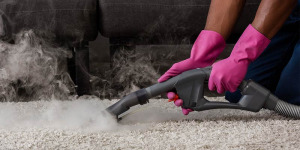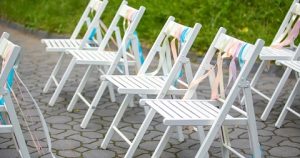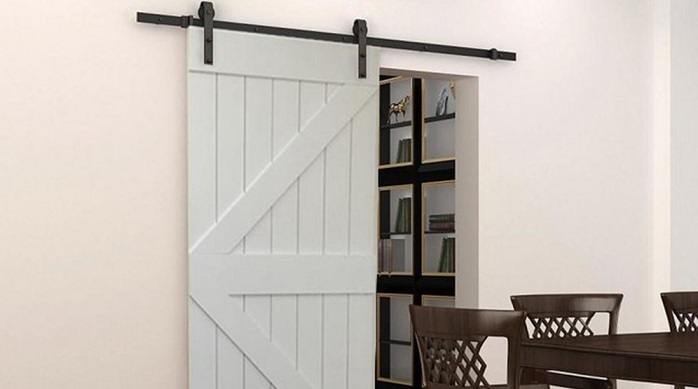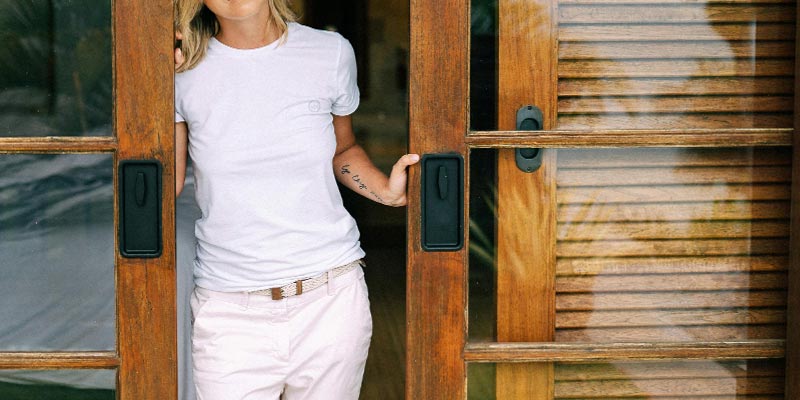
Planning on painting upholstery with chalk paint? Think twice! Explore the downsides of using chalk paint on upholstery before you start.
Chalk paint is a very popular choice for DIY enthusiasts who are looking for an easy way to give old furniture a fresh new look. The paint itself is known for its ease of use, its matte finish, and for not needing any preparation before application. It’s easy for anyone to see why so many DIY enthusiasts have chosen chalk paint for their projects.
Although designed for wood, many furniture upcycling hobbyists have taken chalk paint so far as to paint the upholstery fabric itself. If you are considering using chalk paint yourself, then you might want to think twice about that decision.
Can You Use Chalk Paint on Upholstery?
The chalk paint that we know of today was developed in the early 1990s by Annie Sloan. The chalk paint was designed to adhere to almost any surface without the need to sand or prime. Since its initial introduction in the 90s, it has grown to become one of the most popular choices for people looking to transform everything they own from dressers to kitchen cabinets.
Perhaps the biggest appeal lies in the ability of chalk paint to give any piece of furniture that vintage or shabby chic distressed look with little to no effort.
But does that include the upholstery itself? Eh… not really.
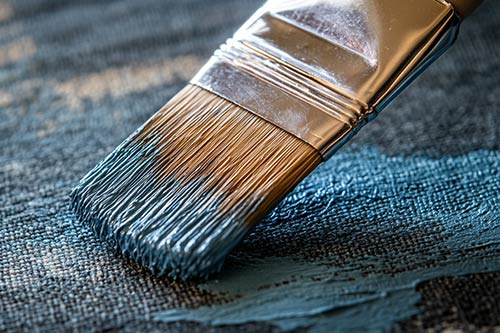
Reasons to Avoid Painting Upholstery with Chalk Paint
Aside from feeling really uncomfortable (who likes that chalky feel against their bare legs? Yuk!) and looking weird in a not-so-good way, there are bigger problems that give good reason for you to avoid painting upholstery with chalk paint.
Not Meant to Stick: Adhesion Issues with Painting Upholstery with Chalk Paint
Perhaps the biggest issue with using chalk paint on upholstery is its inability to properly stick and adhere to the fabric or leather. It’s important to remember that chalk paint was designed to adhere to porous wood surfaces. It requires this porosity to seep into the material and create a strong bond. However, both fabric and leather are nowhere near as porous as wood, and as a result, the paint struggles to adhere to it.
The Result?
Simply put, the chalk paint sits on the surface of the fabric rather than absorbing into the fibers themselves. As a result, it is known to peel, crack or flake off with general use.
With regards to leather, the smooth and nonporous surface means that the paint has absolutely nothing to grab onto, and in no time, any chalk paint that is applied to the surface of the leather will begin to peel off.
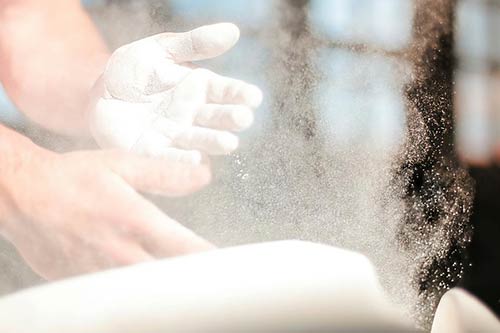
Cracks & Flakes: The Dangers of Painting Upholstery with Chalk Paint
Since chalk paint is stiffer than the fabric or leather material, there is a greater chance that the paint will start to crack if painting upholstery with chalk paint Both fabric and leather are designed to flex with the body movement, and when you sit down or shift positions on fabric that is covered with chalk paint, the paint itself will begin to crack.
The Result?
As time goes on, this cracking results in flaking. Since the chalk paint is not able to adhere to the surface of the fabric or leather, the cured paint will simply flake off once a crack has formed a complete circle. This can result in a lot of mess, as the flakes can become dislodged and quickly scattered all over your home. It may also result in chalk dust particles being spread to every room of the house.
Breathing Trouble: Reduced Breathability of Fabric
It’s also important to remember that upholstery needs to breathe. Any furniture pieces that are made from natural fibers such as cotton or linen, must be able to breathe. Moreover, the foam layer underneath the fabric must breathe to prevent the formation of mold and mildew. Because the finished layer of chalk paint is not porous, it is impossible for the fabric and the underlying foam to get proper air circulation.
Better Alternatives to Painting Upholstery with Chalk Paint
With all of the drawbacks associated with using chalk paint on upholstery, it’s worth taking the time to consider the other alternative methods for refreshing your upholstered pieces.
Fabric Paint
One of the best alternatives that anyone can choose when upcycling upholstered furniture, is upholstery fabric paint. This is a specifically formulated paint that is designed to adhere to the fabric and flex with it. These paints not only provide a durable finish that will not crack or peel, but they also come in a wide variety of colors or finishes that can be customized to suit your particular style.
Dyeing
Another alternative is to use furniture upholstery dye. Fabric dyes are designed to permanently alter the color of the fabric. This allows you to create a more natural and even finish. When it comes to using fabric dyes, it is important to remember that this option is best suited for natural fibers such as linen, wool, or cotton. Moreover, using dyes should be limited to solid-colored furniture, and should not be used with any type of furniture that has patterns as these patterns may show through.

Reupholstering
Of course, you can always completely reupholster the furniture for a more dramatic transformation. Reupholstering your pieces involves the replacement of all of the existing fabric with new material. While this is more labor-intensive, it ensures that the furniture piece will have a longer lifespan, and it gives you complete control over the color and patterns chosen for the project.
Slipcovers
Lastly, one of the easiest ways to update any piece of furniture is to simply purchase or sew your very own fabric cover. Slipcovers have been used for years to freshen up a room and rejuvenate older pieces of furniture. There’s no need to paint them, as you can simply sew your own with any material that you see fit. There are also a wide variety of over-the-counter slipcovers available that can instantly change the look of any furniture piece. Best of all, slipcovers can simply be removed and thrown into the washer whenever they get dirty.
Conclusion
In the end, while painting upholstery with chalk paint may seem like the perfect solution to update any piece of upholstered furniture, it’s important to remember that there are many pitfalls associated with its use. The biggest pitfall with using chalk paint is its poor adhesion to fabric or leather materials. While it might look great right after it’s finished, that beauty will only last for a short period before begins to crack and flake.
Author
-

Hey, I’m Sara, co-owner of NestKoo! I’m a graphic designer and professionally trained fine artist, with a Bachelor of Arts (Fine Art) majoring in Painting. I love being close to nature, sustainable living and bringing new life to old things. My specialty in NestKoo is DIY house painting, upholstery and furniture upcycling, where I bring my skills in fine art painting and contemporary design together into a practical home DIY context.
View all posts


